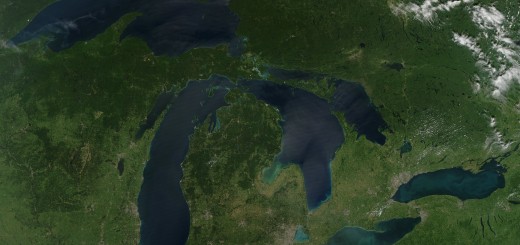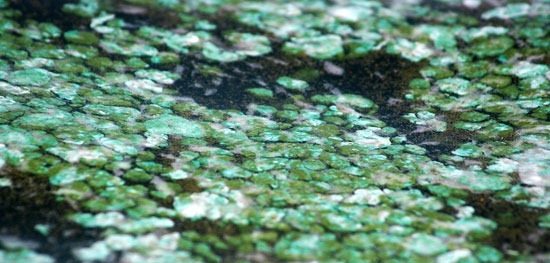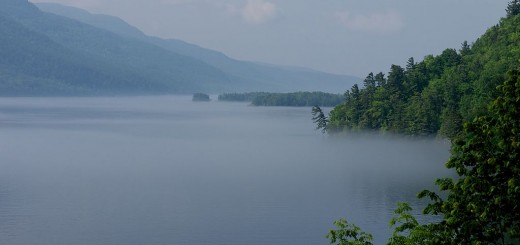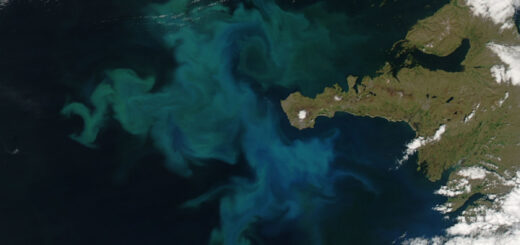Red tide tracking to help oyster farms, Dept of Health
0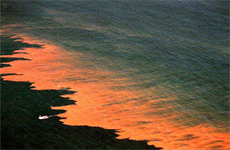 Scientists at the National Oceanic and Atmospheric Administration are working on tracking red tides, huge blooms of toxic algae that are deadly to fish and crustaceans. The predictive mapping is done using historical data on where blooms have occurred in the past. However, data can be skewed due to unpredictable water currents and wind patterns.
Scientists at the National Oceanic and Atmospheric Administration are working on tracking red tides, huge blooms of toxic algae that are deadly to fish and crustaceans. The predictive mapping is done using historical data on where blooms have occurred in the past. However, data can be skewed due to unpredictable water currents and wind patterns.
The mapping will help the economy of the shellfish industry as well as help the Department of Health know where to look for infected organisms.
Read more at NPR.org
Image credit: NOAA
Share




